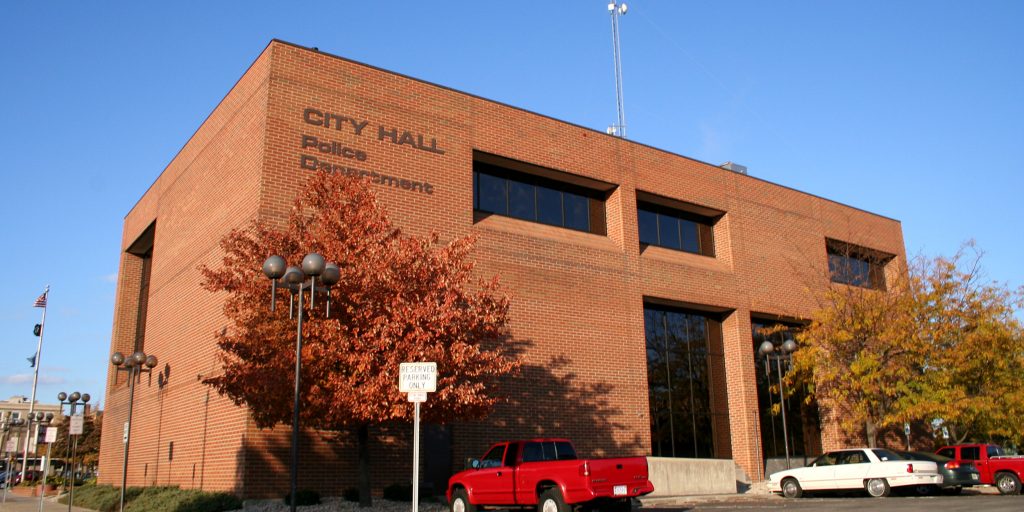Closing the gap: How a facilities master plan can help your city
Cities and counties across America face the same predicament: unrelenting demand for limited resources. Without enough funding to go around, elected officials and city staff must make high-stakes decisions about public spending on a number of things, such as facilities and services. With so much to choose from and pressure being applied from all sides, how can a government decision maker choose which projects to pursue?
One key to making these tough decisions is the facilities master plan. This community-driven and objective analysis can provide a strategic, macro-level look at a city’s entire portfolio of facilities alongside its needs and community desires.
To familiarize you, here’s a primer on facilities master plans:
What is the purpose of a facilities master plan?
Imagine embarking on a road trip with no plan—no destination, no map, no budget, and no schedule. Without this vision, you cannot expect to find a scenic route, to stay within budget, or even to complete your trip. Just like a road trip needs a plan, cities and counties need a facilities master plan. This might seem obvious—that in order to get where you want to go, and on your terms, you need a plan—but cities and counties go plan-less all the time, resulting in an inefficient use of resources.
Is a facilities master plan applicable to me?
A facilities master plan identifies strategies to close the gap between where a local government is now and where it desires to be. Because every city has a gap to be closed, a facilities master plan is applicable to you if you own even a portion of this responsibility within your organization. Perhaps you are reading this and struggling with a population increase/decrease. Or your city’s buildings are in such disrepair that you’re overwhelmed thinking about where to begin. Perhaps the struggle is changing demand in programs and services. Regardless, a facilities master plan can help, since it is crafted based on your identified needs. It tells your municipality’s story and finds solutions that are situation-specific.
What does this actually look like?
Facilities master planning begins with establishing a vision for the future and comparing that vision to current baseline conditions. To determine the gap between the current state and future ambition, you must first conduct a thorough review of building conditions, demographics, and geographical distribution of services. This helps identify the physical and functional building needs, service inequities, or shifting community needs that must be addressed.
For example, recent development on the western edge of your community has created new neighborhoods that lack access to existing programs and services. Meanwhile, longer-established neighborhoods on the eastern edge contain individuals who’ve decided to age in place. Demographic indicators drive community needs, meaning these shifts will have a direct impact on the amount and type of services the municipality provides.
Another example: Your city has recently constructed or modernized its building portfolio, but even newer buildings need capital projects to remain in working order over time. The facilities master plan helps document the baseline building conditions and project needs over time. You can use the plan to create a database of building data to determine future maintenance activities, to plan for capital projects, and to estimate the cost of repairs and replacements over time.
How do we do this? Who leads such a process, and when should it happen?
A facilities master plan is a cooperative effort among community, staff, and leaders. A successful process will garner public buy-in and will empower staff and city leaders to make long-term capital decisions that align with community needs.
As for the when, the process can be conducted alongside the established project planning cycle. This is the case because facilities master planning provides opportunities to document and establish lessons learned as well as pilot new strategies on projects already in planning or development. It is never too late to plan if doing so prevents missed opportunities or allows for strategic portfolio opportunities and efficiencies that would otherwise be overlooked.
If you remember just one thing from this article…
A facilities master plan is not a silver bullet—it cannot solve a city’s or county’s funding gap nor can it provide an answer to every problem. However, when done correctly, a facilities master plan coalesces community, staff, and elected leaders to rally behind tough choices in an era of high-stakes decisions about public and social infrastructure.
Kayla Anthony, AICP, is project Manager at Brailsford & Dunlavey. She has led the development of over $6 billion in long-term capital programs and master plans across the US with a focus on cities and public infrastructure.



















